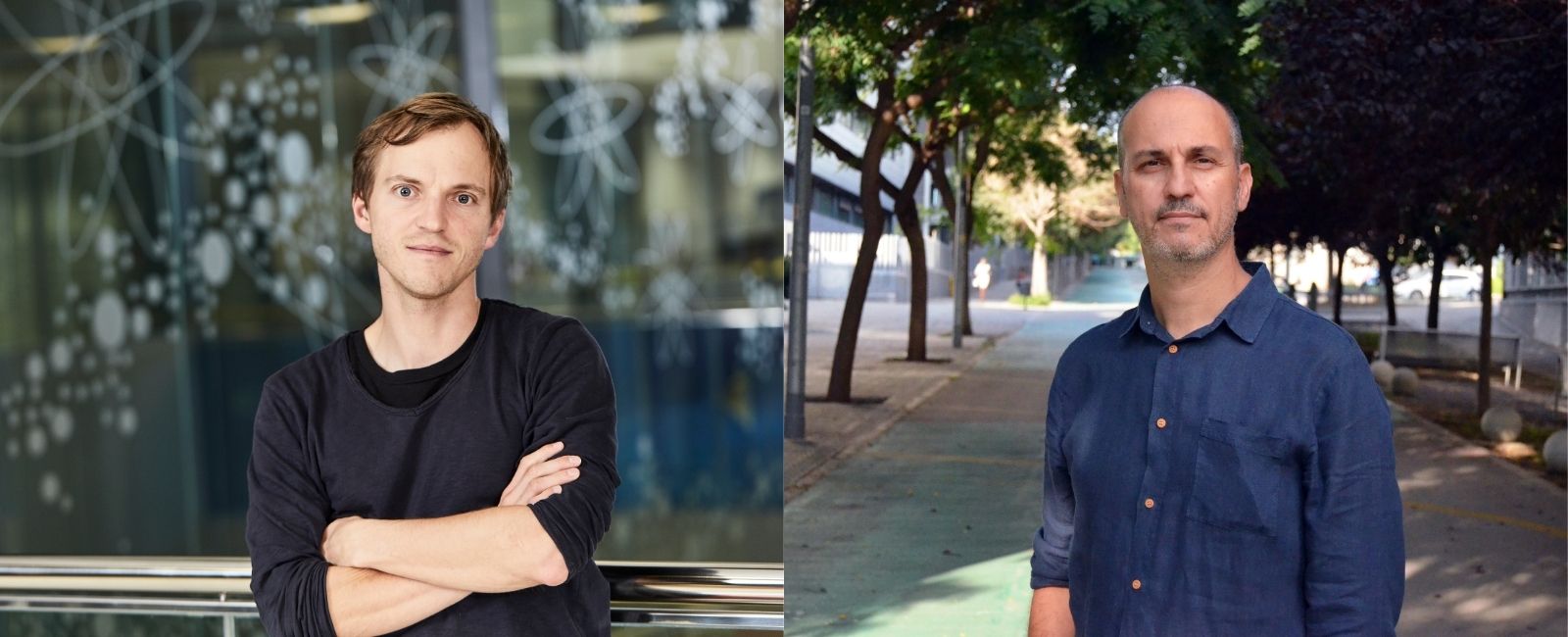RESEARCH TEAM
Principal investigator: Michael Krieg (Institut de Ciències Fotòniques, ICFO) and Xavier Salvatella Giralt (Institut d’Investigació Biomédica, IRB Barcelona).
Team members: Jesús García Arroyo (Institut d’Investigació Biomédica, IRB Barcelona); Carla Garcia Cabau (Institut d’Investigació Biomèdica, IRB Barcelona); Montserrat Porta de la Riva (Institut de Ciències Fotòniques, ICFO) and Neus Sanfeliu Cerdán (Institut de Ciències Fotòniques, ICFO).
DESCRIPTION
Two decades back, one of the paradigms in biology – that proteins are arranged into folds that determine their biological functions – was challenged by the discovery of unfolded “disordered” proteins. Around a decade ago, it was found that these disordered proteins are able to make up for this lack of structure and perform their biological activity by recourse to self-assembly. Such assemblies are highly dynamic; the proteins can assemble and disassemble or else keep their assembled state, and the mechanisms at work are further complicated by the presence of switches that may either trigger or halt the assembly process.
Xavier Salvatella, a chemist working at a biomedical research center (IRB), and Michael Krieg, a biologist at a center devoted to physics (ICFO) have pooled their expertise to investigate the effects in terms of biological activity of disordered proteins assembling or failing to assemble. The result has been a number of high-profile papers; the latest, in Nature, focused on the protein’s acidity or pH level as a switch that affects the balance between assembled and unassembled forms, and its relationship to autism.
Salvatella had concluded from earlier projects that it was important to understand the physical mechanism behind the biological activity of disordered proteins. “That’s why this new project is such a good fit for a call focused on basic research. We’re looking for answers to fundamental questions: What makes a dynamic assembly stop being dynamic? How has the protein sequence evolved to regulate this process? How do the switches work? What has this to do with pH and, specifically, how does it operate in neuronal cells?”
To answer these questions, Krieg’s lab will bring its expertise in studying the mechanical properties of proteins. “Science is evolving. Before, the behavior of a cell was thought to be determined by genetics, then by chemical stimuli, and now we are realizing the influence of physical forces,” explains Salvatella.

